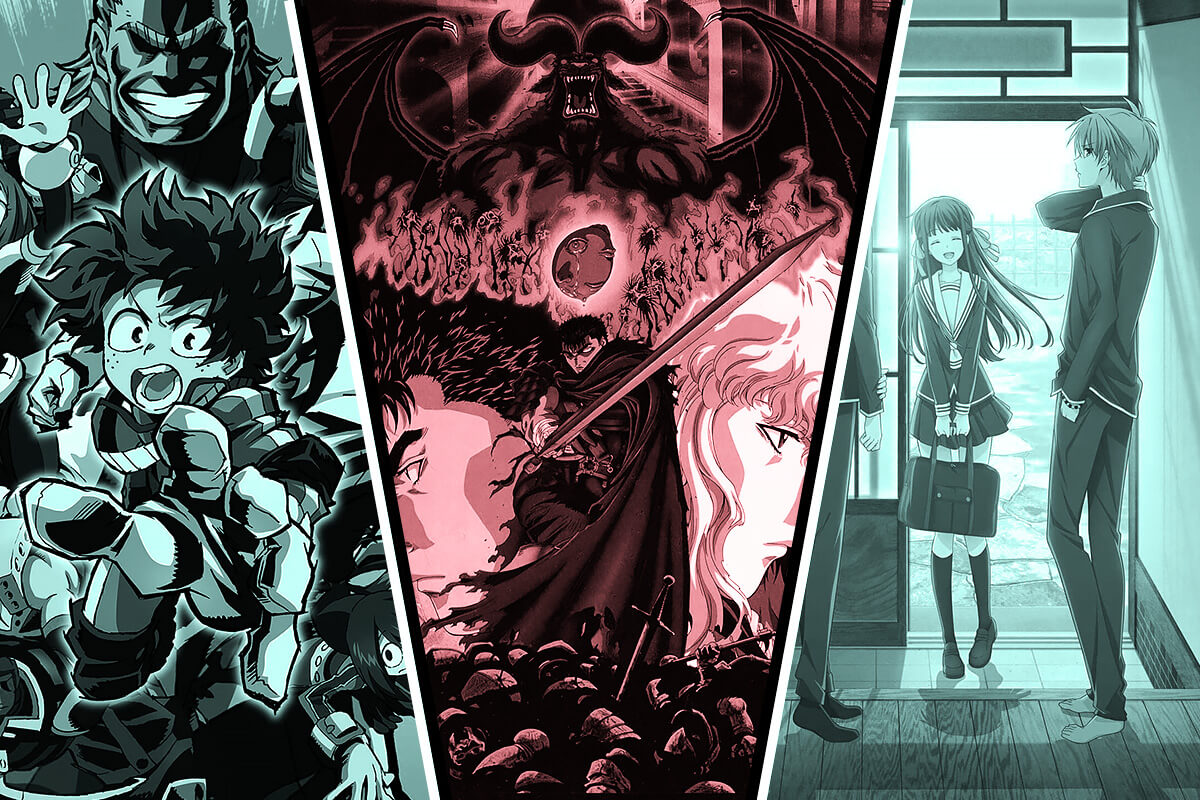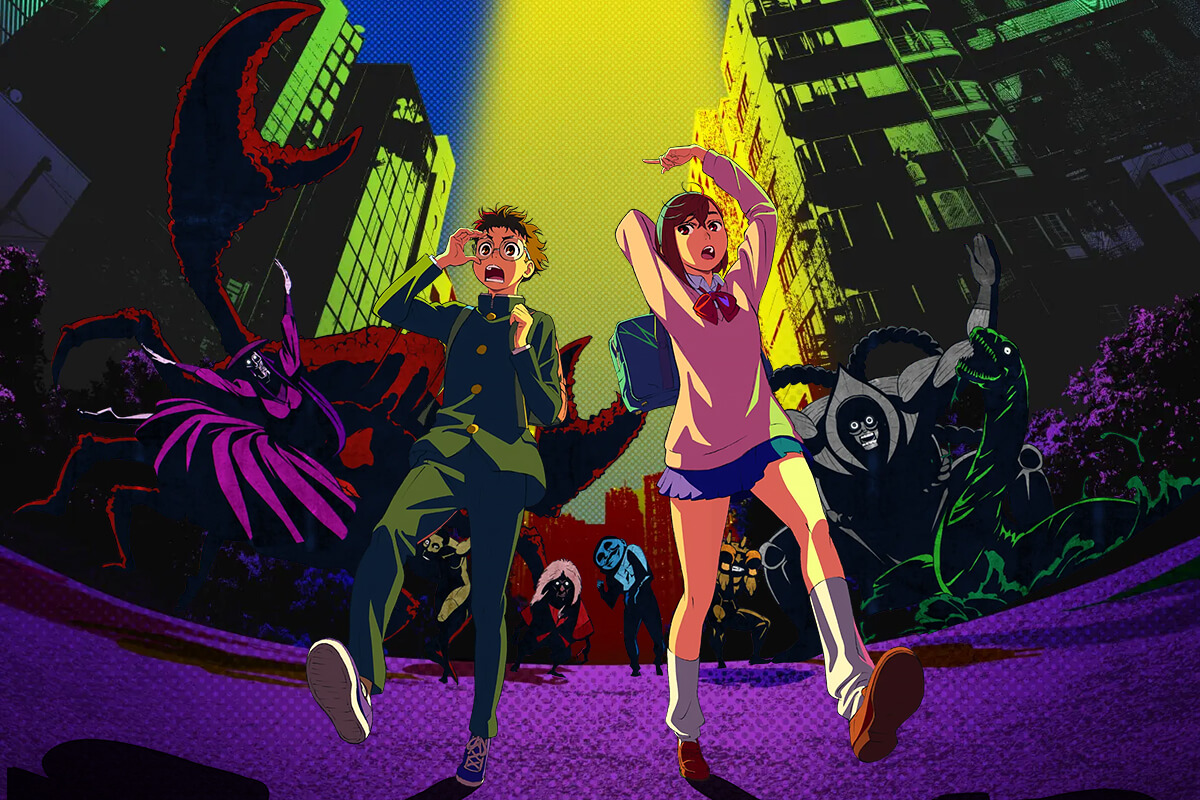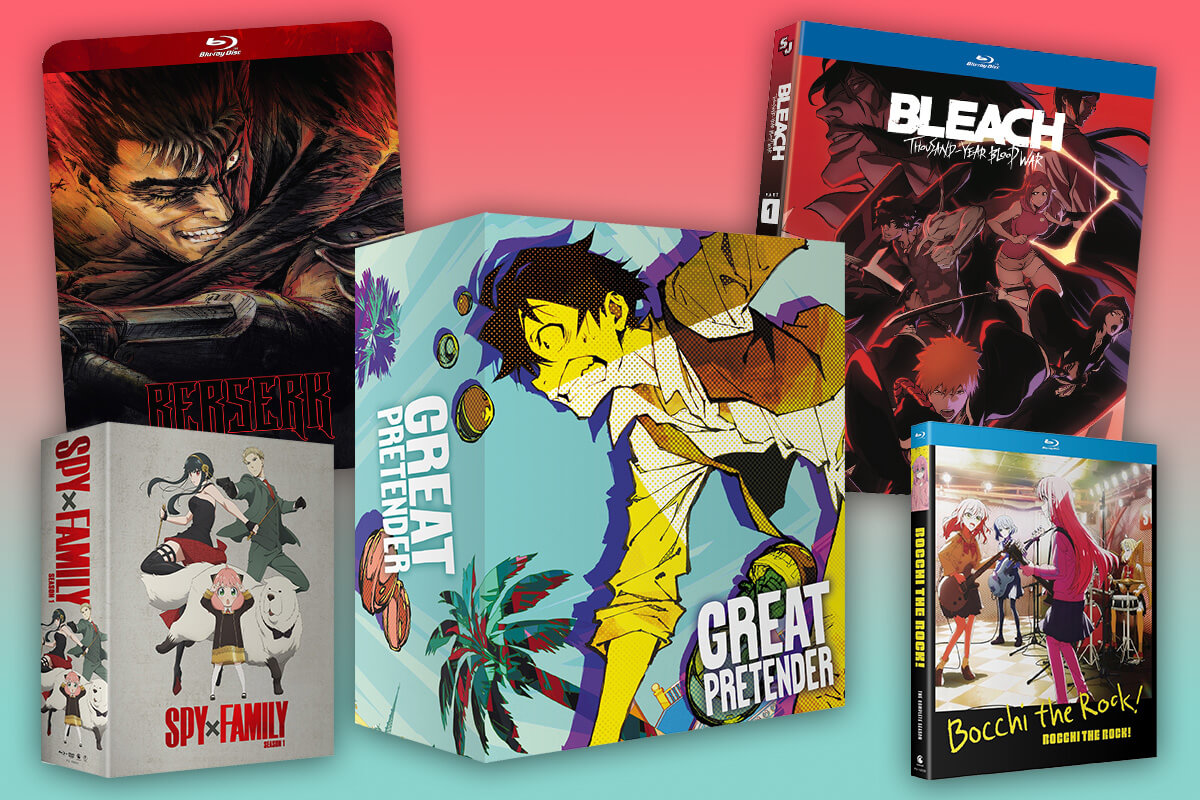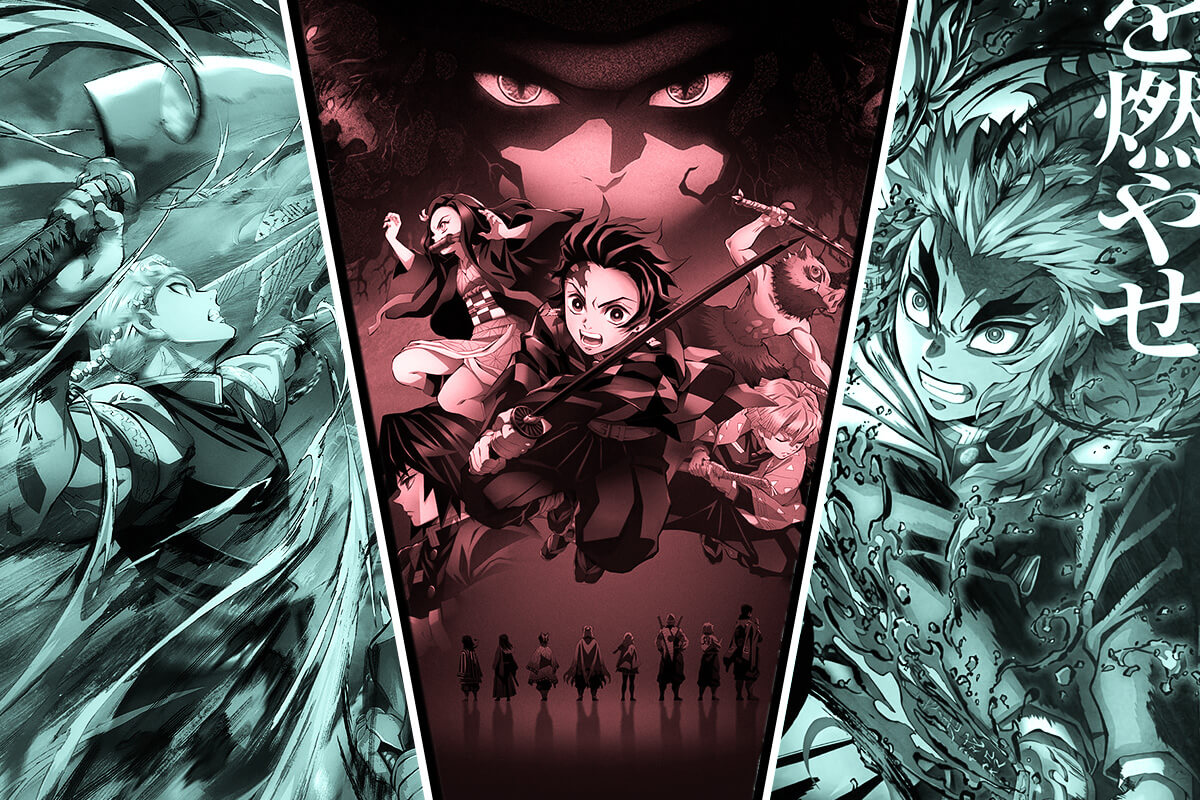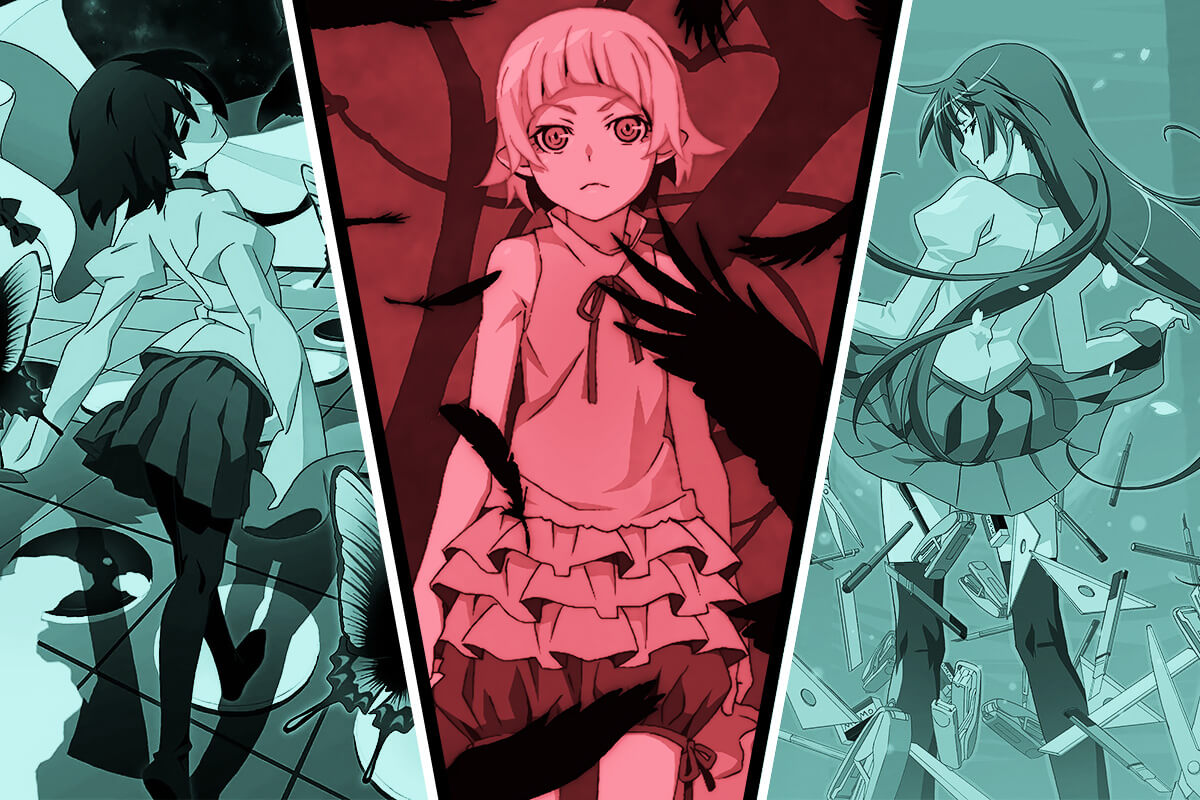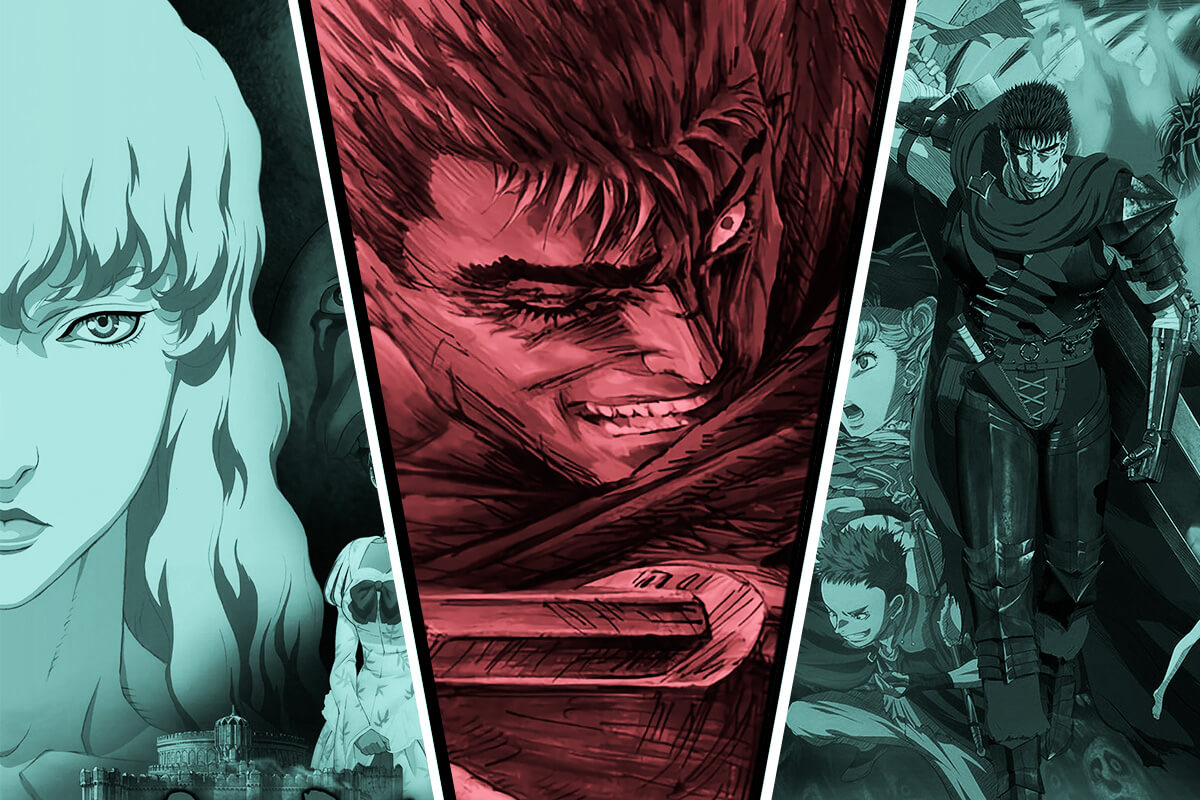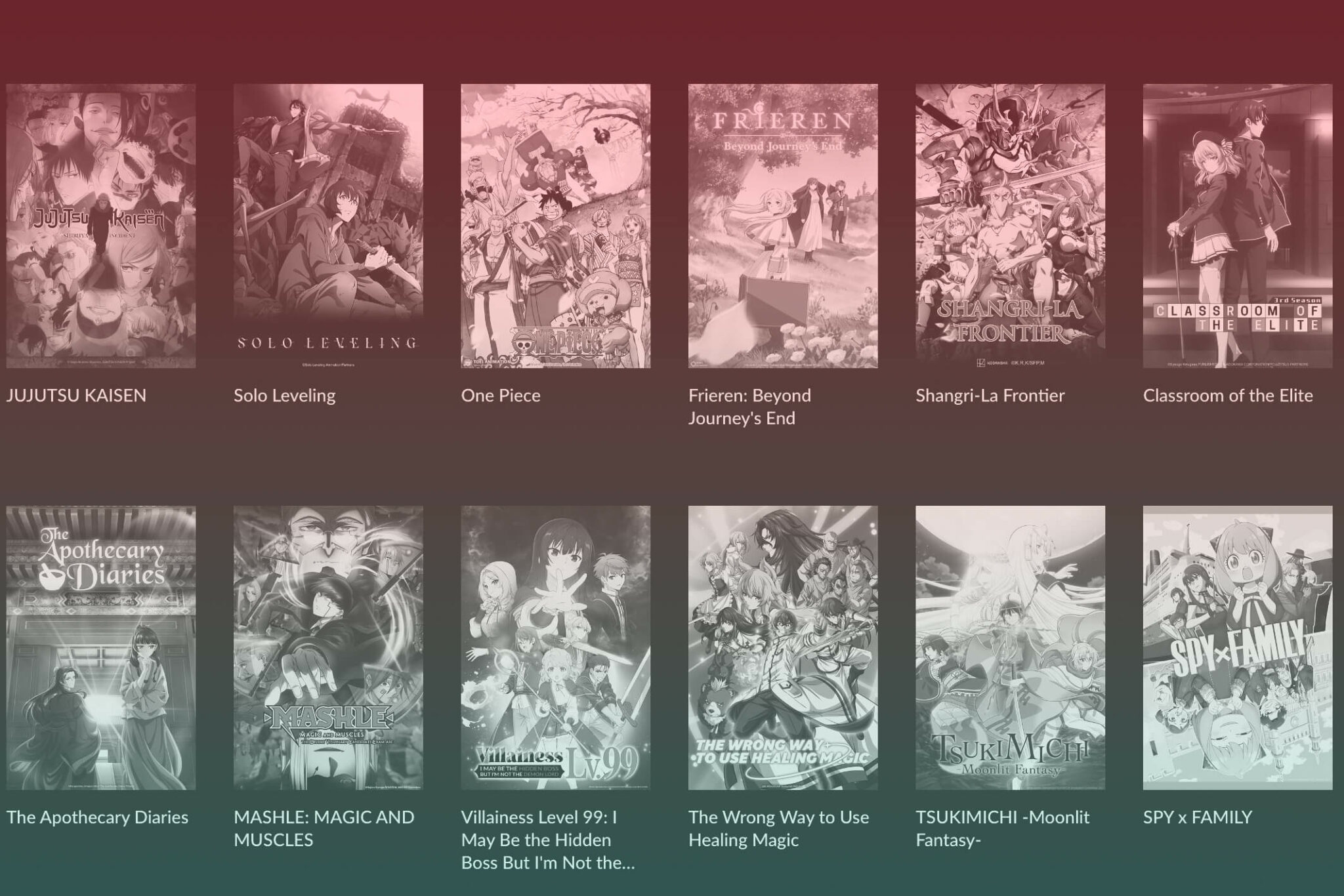Anime is typically classified by three key elements: demographics, genres, and themes. Demographics indicate the target audience for these series, often as well as indicating how mature they are, and these include Kodomomuke, Shonen, Shojo, Seinen, and Josei.
Genres are categories of anime that are similar in form, style, or subject matter, such as Action, Horror, Romance, and Sci-Fi, while themes are a more granular classification than demographics and genres that highlight the specific topics that these series explore, like school life, isekai, music, and more.
Whether you’re drawn to the psychological depth of seinen or the adventurous spirit of isekai, this post dives into the essence of each genre, and what makes them great, offering insights into their themes, styles, appeal, and more. I’ll also highlight some popular series so that you can see the types of series each has to offer.
That said, here’s everything you need to know about anime genres! If you’re a newcomer searching for the perfect series to dive into first, be sure to check out our Best Anime for Beginners guide as well.
Demographics
Demographics refer to the target age groups and audiences for which anime are created. These range from anime targeted at young children, known as Kodomomuke, to those aimed at teenagers, such as Shonen and Shojo, and anime intended for adult audiences, like Seinen and Josei.
While they aim to capture their specific demographics, many of these series have a much wider reach and appeal and they are ones that everyone, no matter what they are a fan of, can enjoy. Keep in mind, though, that some are more mature than others, so this is something to keep in mind.
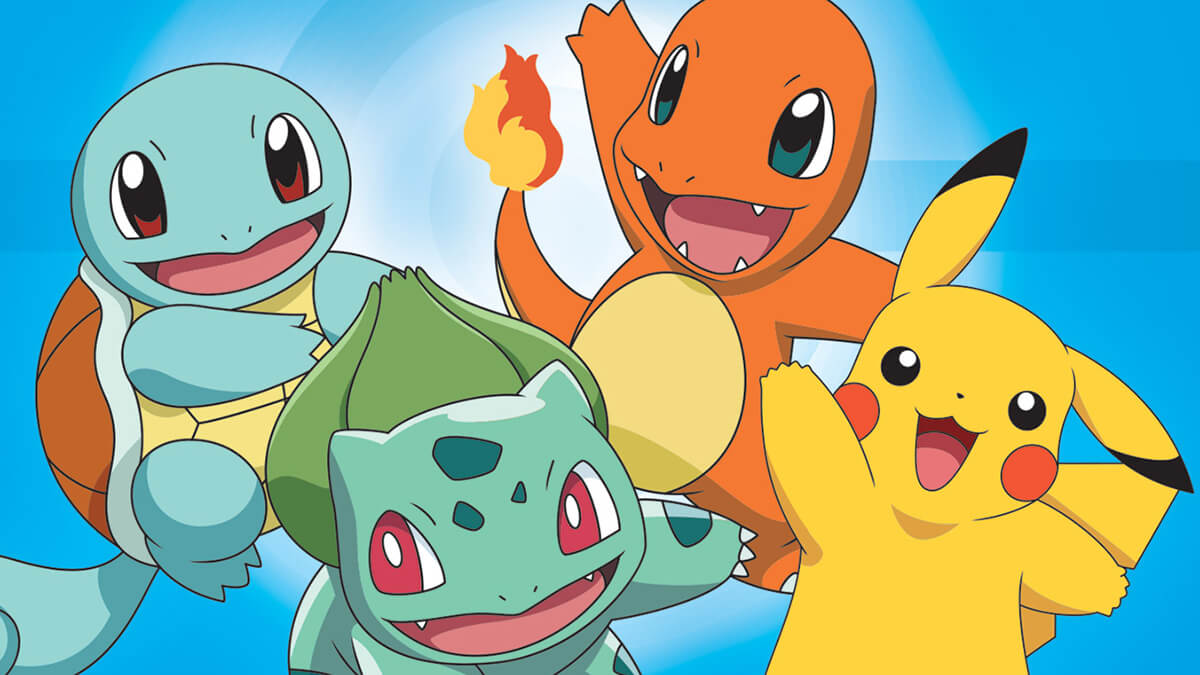
Kodomomuke
Kodomomuke are anime that are created specifically for a young audience. Characterized by their educational and moralistic content, these series aim to guide children towards making positive life choices, teaching lessons of ethics, highlighting the joys of friendship, the importance of making good decisions, and more.
Examples of popular Kodomomuke anime include Pokémon, Doraemon, Digimon, and Yo-kai Watch.
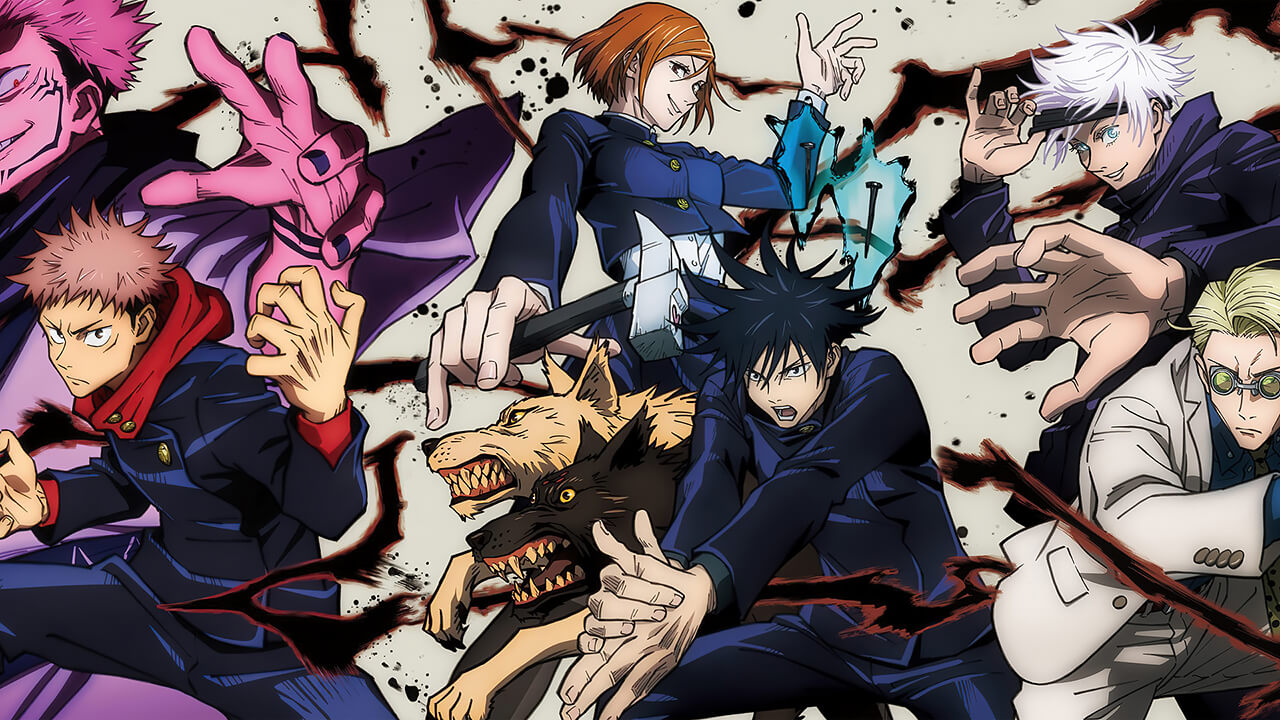
Shonen
Shonen anime, also written as shounen, are anime that are targeted at a young male audience.
Shonen are typically action-packed, battle-oriented stories with main characters that have to rise to the occasion to protect that which they hold most dear. There’s a strong emphasis on friendship and camaraderie in these stories as well and they often are full of training arcs and adversity, which help our characters grow and develop. Adventure is a big appeal of these series, but rivalry is something that is often explored in Shonen too.
Our main character almost always has a rival that pushes them to do better. The main characters in Shonen are often young, so they aren’t as mature as the characters we see in Seinen, which feature stories and relationships that mirror real life. These are just a few of the common themes seen in Shonen, but many unique Shonen titles push the envelope to give us something new as well. While many of these series are lighthearted and fun reads, some are quite dark too, especially in modern shonen, and many of these manga fall within different genres, including sports, sci-fi, comedy, and more.
Some examples of popular Shonen anime include One Piece, Attack on Titan, Naruto, Bleach, Dragon Ball, Death Note, Hunter x Hunter, Chainsaw Man, Fullmetal Alchemist: Brotherhood, My Hero Academia, Jujutsu Kaisen, and Demon Slayer: Kimtesu no Yaiba.
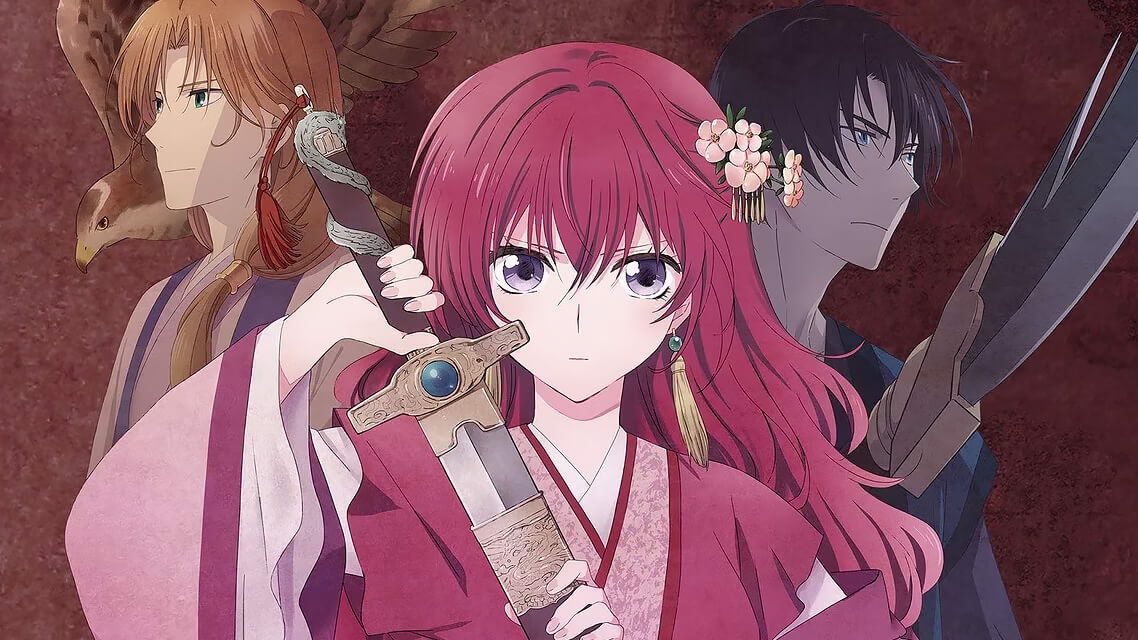
Shojo
Shojo anime, also stylized as shoujo, is targeted at a young female demographic. Celebrated for its unique style, shojo anime is characterized by characters with expressive, wide eyes, which are a hallmark of the genre. These series tell stories of friendship, love, and the journey of coming of age, often set in the transformative high school years and highlighting our main characters’ lives as well as their relationships.
Within Shojo, there’s a strong emphasis on relationships, not only highlighting their importance but also presenting them with a stylistic flair that’s unique to the genre. This combination of emotional depth and artistic expression allows shojo anime to resonate deeply with its audience, exploring the complexities of emotions and human connections, but in a way that is less mature than its counterpart Josei.
Shojo falls within many different genres from supernatural to comedy and romance, so there are all kinds of different series you can get into. Examples of popular shojo include Maid Sama!, Ouran High School Host Club, Kimi ni Todoke: From Me to You, Yona of the Dawn, Fruits Basket, and Natsume’s Book of Friends. Some series like Nana and Banana Fish are often categorized as shojo but are more like a josei.

Seinen
While Shonen is targeted at a young male audience, Seinen is targeted at an adult male audience.
The world of seinen anime is incredibly rich and diverse, spanning everything from psychological thrillers and historical epics to sports, comedy, horror, and sci-fi. These series often dive into unique and sometimes dark topics, offering a psychological and existential exploration of their characters, along with mature and graphic themes. They focus not only on the development of the story but the development of their characters as well. There’s something incredibly relatable about the characters in Seinen series and the challenges they navigate.
Not every seinen anime is filled with action and violence. Many lean into slice-of-life or drama, featuring stories that move away from physical battles. These might resonate more with you, depending on your tastes. A lot of them feature a battle of wits, serving up intellectually stimulating stories that tackle complex themes like human nature, mortality, and more.
Seinen takes you into worlds that are strikingly real, but some also take you into wonderfully surreal worlds. These stories make you question and think and there’s a captivating dark beauty within them that consistently pulls you in.
Examples of popular Seinen include Berserk, Monster, Vinland Saga, Kingdom, Hellsing Ultimate, and Parasyte: The Maxim.
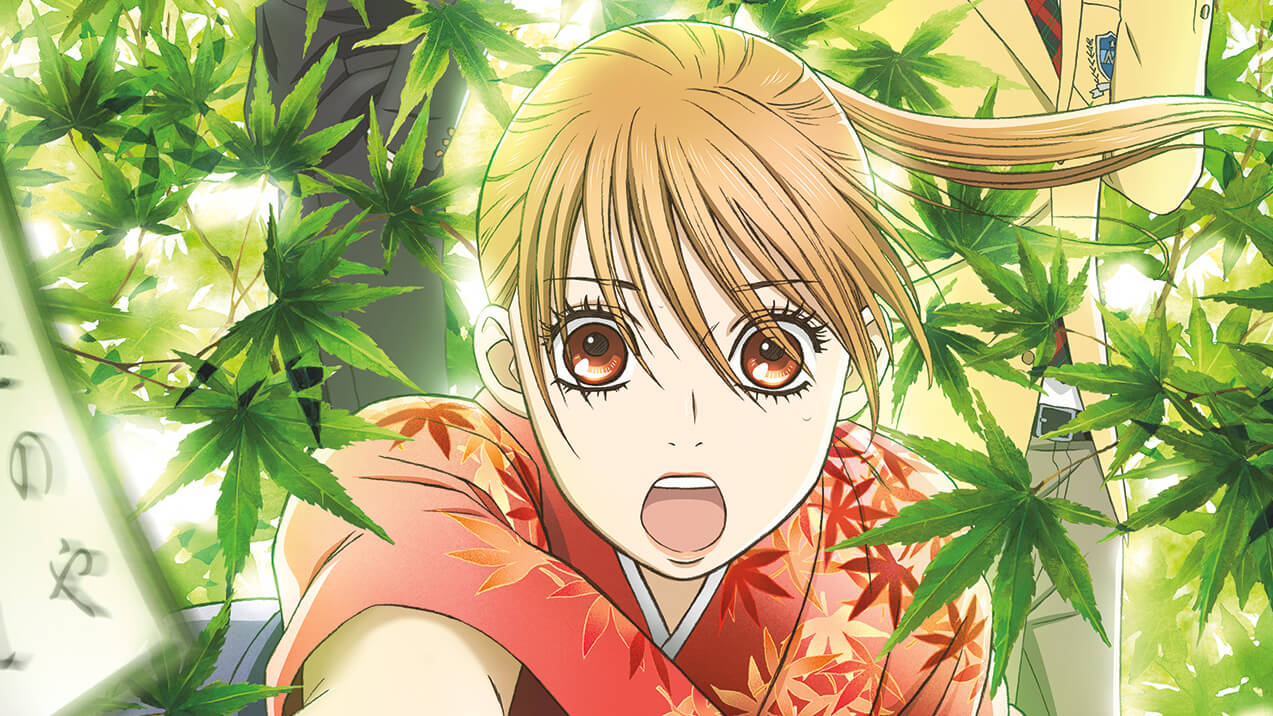
Josei
While Shojo are targeted at a young female audience, Josei is targeted at an adult female audience.
Similar to Seinen, Josei offers a rich and diverse collection of series to explore and they are characterized by their more realistic and mature portrayals of relationships and themes. They often have a more serious tone, including those with comedic elements, and delve into the mature aspects of relationships, as well as the complexities of adult life, which makes these series more mature than those featured in Shojo.
While drama and romance are popular genres within Josei, Josei encompasses a wide range of genres, from sports and comedy to drama and slice of life, so there are a variety of series to get into. Examples of popular Josei include Princess Jellyfish, Chihayafuru, Usagi Drop, and Honey and Clover.
Genres
Then we have genres, which are categories of anime that are similar in form, style, or subject matter, such as Action, Sci-Fi, Romance, and more.
Genres are further divided into sub-genres; for example, fantasy can be broken down into dark fantasy, and horror can be broken down into psychological horror, body horror, cosmic horror, and more. That said, there are an array of series you can explore within each.
Here are the main genres you can explore within anime.
- Action
- Adventure
- Boys Love
- Comedy (Best Comedy Anime)
- Drama
- Fantasy
- Girls Love
- Horror (Best Horror Anime)
- Romance
- Sci-Fi (Best Sci-Fi Anime)
- Slice of Life
- Sports
- Supernatural
- Thriller
Themes
Anime themes delve into the various topics explored within the genre, offering a more granular and specific classification than demographics and genres.
While there are many recognizable themes, such as music, harem, military, space, school life, and gag humor, which are present across several different mediums, a few genres require further explanation due to their specific content and uniqueness to anime, such as ecchi and isekai.
Themes can describe the particular environments an anime takes place in, like schools or workplaces, highlight specific topics, such as music, space, or the military, or contain certain tropes or content, like ecchi, harem, and isekai.
Common Themes in Anime
- Ecchi
- Gag Humor
- Harem
- Historical
- Isekai
- Iyashikei
- Mecha
- Military
- Music
- Psychological
- School
- Time travel
- Workplace
- Space
- Survival
- Vampire
Ecchi
Ecchi brings a lot of fun, comedy, and whimsical flair to the screen. It’s a genre that often gets misunderstood, with critics sometimes missing the point by taking it too seriously. Ironically, ecchi’s charm lies in its ability to not take itself too seriously, weaving racy content into stories that often offer much more than initially meets the eye.
So, what exactly is ecchi anime? At its core, ecchi anime is known for its liberal use of fan service, alongside innuendos and intimate themes, all presented in a light-hearted, comedic, or playful manner. Many ecchi titles overlap with the comedy genre, so it’s common to see some of these series mentioned in lists of the best comedy anime as well.
The degree to which ecchi anime explores these themes can vary widely. Some series dive deeply into innuendos and fan service and can be pretty mature in terms of their content, while others sprinkle just a few fan service moments throughout the episodes.
Some examples of ecchi anime include Food Wars! Shokugeki no Soma, Kill la Kill, and To Love-Ru.
Harem
Harem anime revolves around a protagonist who finds themselves at the center of affection of multiple romantic interests, typically exploring themes of polyamorous relationships. These series frequently showcase the comedic situations that arise from these complex relationship dynamics, while also delving into the intricacies and challenges that accompany them.
Some examples of harem anime include The Quintessential Quintuplets, The 100 Girlfriends Who Really, Really, Really, Really, Really Love You, and The World God Only Knows.
Isekai
Isekai anime follows a protagonist who is transported to a world distinct from their own. These stories typically unfold in magical or fantasy settings, where the main character is offered a second chance at life, allowing them to live more fully or rectify past mistakes in these newfound realms.
Examples of isekai anime include Mushoku Tensei: Jobless Reincarnation, Re:ZERO -Starting Life in Another World-, KonoSuba: God’s Blessing on This Wonderful World!, The Eminence in Shadow, and That Time I Got Reincarnated as a Slime.
Iyashikei
Iyashikei is designed to have a healing effect on the viewer through its heartwarming and often gentle portrayal of everyday life. These series not only provide comfort through their characters and stories, but they also challenge viewers by exploring existential themes, delving into complex questions about the meaning of life and the essence of what it means to be human.
That said, they can be melancholic at times, but they always pull you out of that sadness with their uplifting and healing stories. The unique theme of Iyashikei is a rich tapestry of stories that soothe the soul but also engage the mind, highlighting the beauty and complexity of human life in a relatable and emotionally impactful way.
Examples of Iyashikei include Mushi-shi, Natsume’s Book of Friends, and Laid-Back Camp.
Mecha
Mecha anime features large robots, which are usually piloted by individuals. The mecha genre tackles themes and issues of a grander scale, shining a light on the struggles and hurdles faced by its characters and touching on themes, such as politics and war. The battles, which are a staple of the genre, are not only exhilarating to watch but, when executed well, accompany some of the most profound character development and storytelling within anime.
Some mecha anime are marked by political intrigue while others explore psychological depths or venture into sci-fi realms. These stories offer more than just thrilling mecha battles and intense action; they have meaningful themes and messages. They intricately examine the motivations and psyches of their pilots, as well as the intricate dynamics of war, providing a window into the complex stories of both the individuals and groups behind the mechs.
Examples of mecha anime include Mobile Suit Gundam: The Origin, Mobile Suit Gundam: Iron-Blooded Orphans, 86, Code Geass, Evangelion, and Gurren Lagann. If you are looking to get into Gundam, in particular, be sure to check out our Gundam Watch Guide.
Final Thoughts
I truly believe anime has something for everyone, thanks to its vast array of genres and themes. From Shonen and Shojo to Seinen and Josei, anime spans a broad spectrum of demographics and genres, making it one of the most engaging and diverse forms of entertainment you can get into.
If you’re a newcomer searching for the perfect series to dive into first, be sure to check out our Best Anime for Beginners guide as well.
